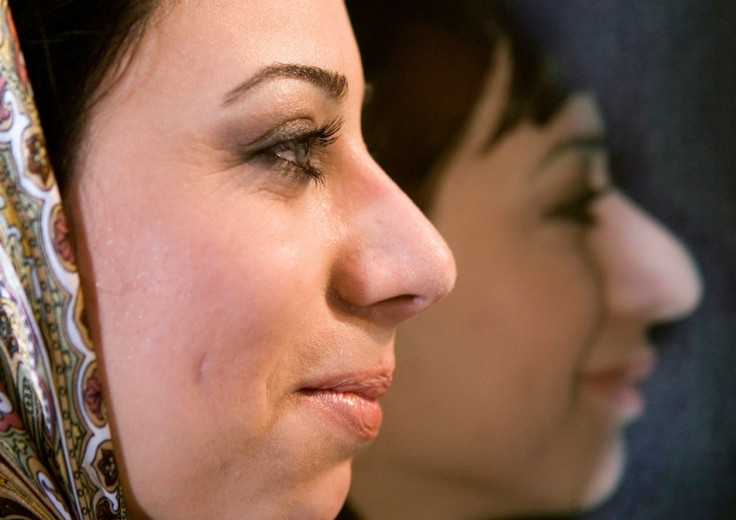New study points to role of climate in shaping noses

Some people may not like the shape of their nose and dream of undergoing rhinoplasty or a nose job. A recent study offers a new perspective on human noses. It underscores how local adaptation to climate may have had a role in the evolution of nose shape differences across human populations.
The new research on noses entailed studying more than 2,500 people from four regions of the world with different climates. Mark Shriver, a geneticist and anthropologist at Pennsylvania State University, has spent his career studying variations within humans. Those variations include voice pitch, skin pigmentation – and nose shapes.
Citing his fascination with the differences between human populations, the geneticist led a team to focus on the nose with 3D scans. The nose is a structure easily measured and compared, using thousands of images and data on ancestry.
The study mapped the geographic differences on nasal width and calculated how quickly those changes occurred. The findings, published in the Public Library of Science (PLOS), mirrored the informed opinion offered over a century ago.
In his 1905 treatise, “The Effects of Tropical Light in White Men,” United States Army physician Charles E Woodruff first suggested that the shapes of noses help people to adapt to climate.
Simply put, nostrils that are widely open are suited to a tropical climate. On the other hand, slender slits would have more of a practical use in a colder environment where nosebleeds and coughs abound. A narrow nose would be ideal to admit thin ribbons of cold air that would have to be warmed lest they irritate the lining membrane.
Katerina Harvati, a Tübingen University paleoanthropologist not involved in the study, looked into nasal cavity differences among people from varied regions. She lauds Shriver’s research but notes it is only nasal width which appears to correlate with climate.
Extraneous factors
In these modern times, people have the means to partially control climate – with appliances like airconditioning and heaters. The area has not yet been studied, but Shriver postulated that sex just may be the primary force in the shaping of noses.
Sexual selection is in fact mentioned in PLOS Genetics as another possible reason for variation in nose shape across human populations. The local adaptation to climate is deemed too simplified an explanation for “a very complex evolutionary history.”
Mark Shriver’s work has found practical use in the composition of mugshots of potential suspects with on-hand DNA evidence. The anthropologist’s next endeavour is to identify the specific genes that cause variations on nasal width among humans.




















